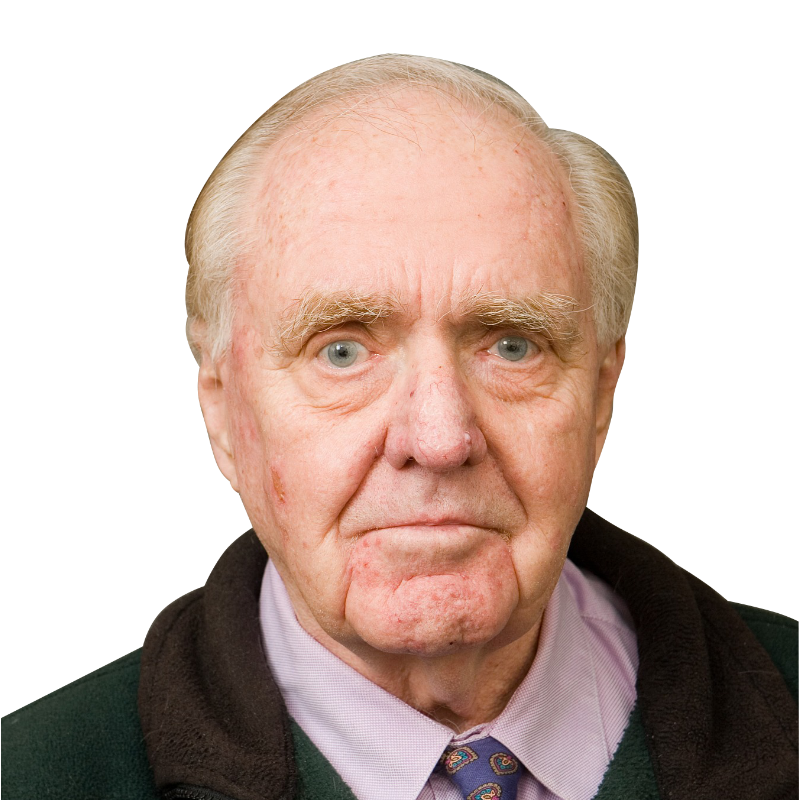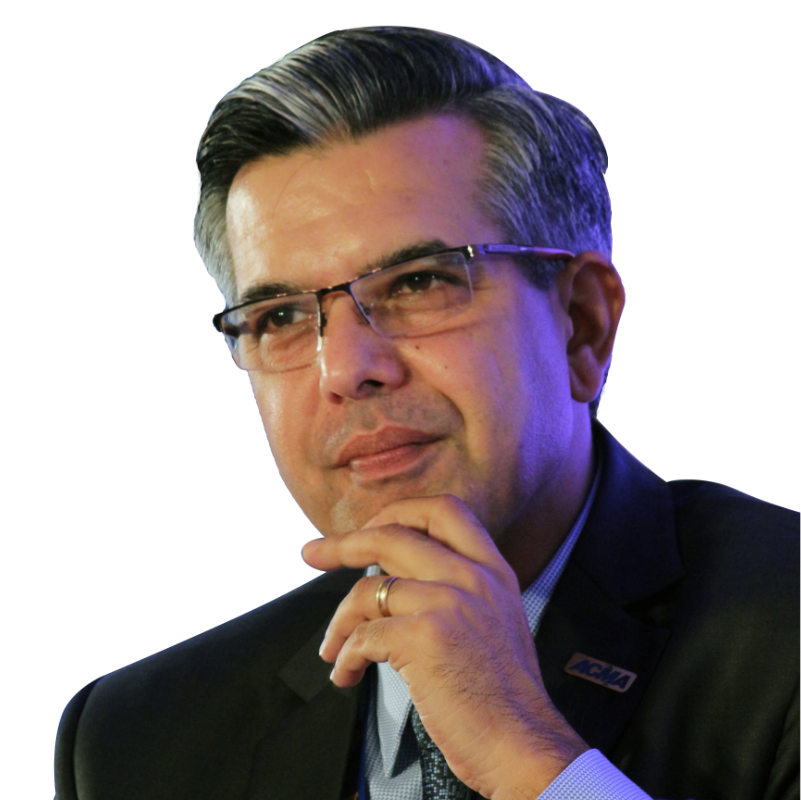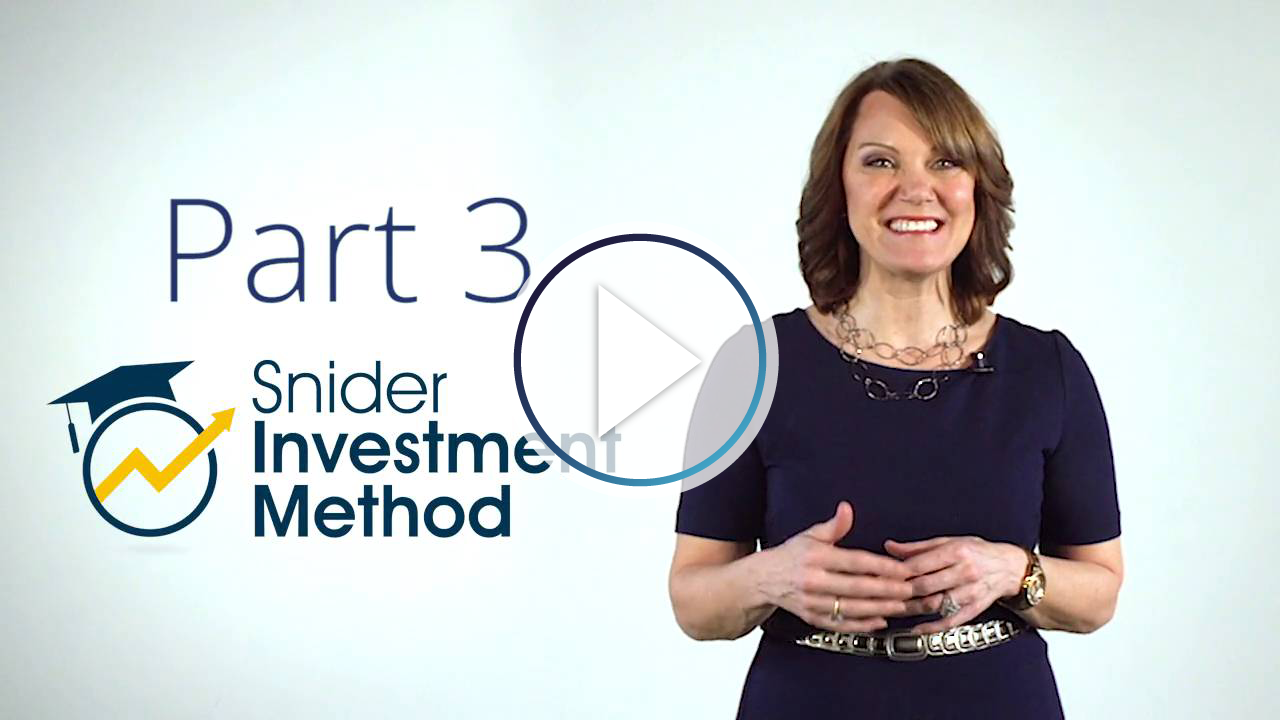Create Retirement Cash Flow From Investment Activities
Snider Advisors believes the number one job of your investment portfolio is to create sufficient cash flow from investing to support a desired standard of living indefinitely into the future when you can’t or don’t want to work.
Cash flow is the lifeblood of your family.
The problem with most retirement advice and investment plans is that most people believe the myth that the most important number is the one displayed at the top of their account statement.
Most financial planners’ retirement advice offers low, fixed-income investment options that don’t provide a high standard of living for retirees. At Snider Advisors, we know that retirement doesn’t have to signify a meager existence. Our clients expect more monthly income for a better retirement.
Our strategy, the Snider Investment Method, enables our clients to generate a bigger portfolio paycheck through cash-flow investing. This monthly income creates a better, more financially secure retirement. Consider this. Most companies don’t go bankrupt because they are not profitable or because the value of their assets has declined. They go bankrupt for one reason – they don’t have sufficient cash flow to pay their creditors.
You see, a company can lose money on paper but stay in business indefinitely as long as it has sufficient cash flow. But once it no longer has the cash flow to pay employees, suppliers, and creditors, a business’ days are numbered. The same is true of your family. As long as retirement cash flow exceeds monthly obligations, a family is fine. But most families that declare bankruptcy do so because their income, from paychecks and other sources, is not enough to pay the bills.
Cash flow investing works differently.
Cash Flow Investing
With cash flow, you buy an asset not for its future value, but for its potential to generate income. When you use the Snider Method, your goal is to put your assets to work to produce a monthly income.
Let’s face it, the stock market is volatile. Cash-flow investing is powerful because it addresses the issue of market volatility far better than capital appreciation, by generating income in both up and down markets.
We believe the number that really matters is the actual spendable income, or cash flow, your investment portfolio can produce.
Capital Appreciation Investing
Traditional investing is based on the concept of capital appreciation. With this method, also known as ‘buy and hold’ and ‘buy low sell high,’ you buy assets, such as shares of stock, and HOPE they appreciate in value so you can sell them later for a profit.
But how do you earn capital appreciation when an asset’s value doesn’t increase? How can you profitably sell an asset that has declined by 30% to 50%? Quite simply, you can’t. If history serves as a guide, you can expect to experience about two bear markets every decade.
If you’re living off of your portfolio, you may be forced to sell your assets at a loss just to survive. Doing so creates a high probability you will outlast your money in retirement.
How does Cash Flow Investing work?
Imagine you have two friends: CAPP and CASH.
Both of them have $1,000,000 to invest.
For our example, we will use real estate as the underlying investment. We’ve found this is the best way for a client to grasp the difference between these two investment approaches. Keep in mind, we are not real estate investors. The Snider Investment Method optimizes the stock market for cash flow investing.
Capp buys a piece of raw land in a part of town where he expects future development. His plan is to hold the land until it becomes worth more and then sell it for a nest egg in retirement.
Cash uses his $1M to buy an apartment house in an up and coming part of town. His plan is to rent the units. He knows he can rent the units for an average $7,000 per month – based on occupancy. If he rents it out for a full year, he’ll make $84,000 a year.

CAPP
Capp, who bought raw land, is a capital appreciation
investor.

CASH
Cash, who bought the apartment complex, is a cash-flow, or income investor.
Capp is speculating on the future price of his raw land. He expects, wants, HOPES another investor will come along and want to pay a higher price for his land than what he paid for it. When and if a higher bidder comes along, Capp can sell his land at a profit to create investment gains. While he waits, the land generates no income and could actually cost him money for things like taxes or maintenance.
Capp is focused on when he can sell his raw land and for how large a price.
Cash’s approach is very different from Capp. Cash expects to collect rental payments each month from his tenants. Because he can collect rent each month, he can offset expenses and likely receive a paycheck from his investment month after month. Cash isn’t worried about the price of his apartment complex because he doesn’t want to sell it. He wants to put it to work for him each month to create cash flow from his investments.
Cash is focused on collecting rent each month and maximizing that payment.
Why is Cash Flow Investing Better?
When you reach the distribution phase of your financial plan, Cash Flow investing should create more consistent results and a greater probability of success. You spend your entire working career accumulating assets. At retirement, it is time to transition those assets from growth and accumulation to income. Cash Flow investors live off the proceeds of owning assets rather than needing to sell them for gains. By generating cash flow from investing activities and reducing the possibility of selling assets for a loss, you can receive larger paychecks that last throughout your retirement.
Take our 3-part educational series to learn more about income investing as well as CAPP & CASH
Watch & Learn






